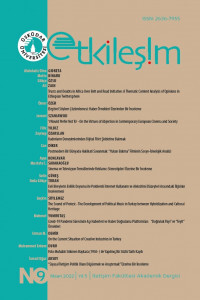Cultural Journalism in İtaly
Cultural Journalism in İtaly
The newspaper La Repubblica first appeared on Italian newsstands on January 14, 1976. We are in the mid-1970s – the “years of lead” of the armed struggle, as they would later be remembered, but also the years in which the social transformation to which the country had embarked in the previous decade emerges in all its evidence. Between 1971 and 1978 divorce and pregnancy termination were legalized in Italy, and radio and television information – until then firmly subject to a public monopoly – began to articulate itself in a plurality of voices. And it was during that same period, in 1973, that employees obtained recognition of the right to study, in the concrete 150 hours per year of paid leave to be used for their own personal training. The new daily newspaper (“independent but not neutral”, Eugenio Scalfari, founder and editor-in-chief, wrote in the first issue) was born in this context, and already in the usual foliation: articles on cultural topics would come out of the enclosure of the “terza pagina” (page 3) as it had been since the early twentieth century alone – an elegant and well-behaved pause inserted between the domestic and foreign political news – but would occupy the double page at the center of the newspaper, would be its heart, “a sort of pivot around which everything revolves”, again Scalfari wrote.
Keywords:
culture, cultural journalism Cultural journalism in Italy,
___
- ................
- ISSN: 2636-7955
- Yayın Aralığı: Yılda 2 Sayı
- Başlangıç: 2018
- Yayıncı: Üsküdar Üniversitesi
Sayıdaki Diğer Makaleler
Sosyal Medya Paylaşımlarında Siyasi Etkileşim: Türkiye Örneği
Popüler Kültür Odağında Sosyal Medyada Akım Trafiği: 'TikTok' Örneği
Geç Osmanlı Dönemi ve Erken Cumhuriyet Dönemi Arasında Yayımlanan Türkçe Gazetelerin Dil Analizi
Haberin Değeri/Değersizliği ve Etik İkilemler: Malatya Yerel Basını Üzerine Nitel Bir Araştırma
Kriz Anında 'Twitter'da Eşik Bekçiliği: Türkiye'de #Taksim Patlaması Olayının İncelenmesi
Digital Capitalism in the 2020s: Dividing the World
Antalya Yerel Basınında Farklı Bir Örnek: ‘Akdeniz Çağdaş’ Üzerine Bir İnceleme
